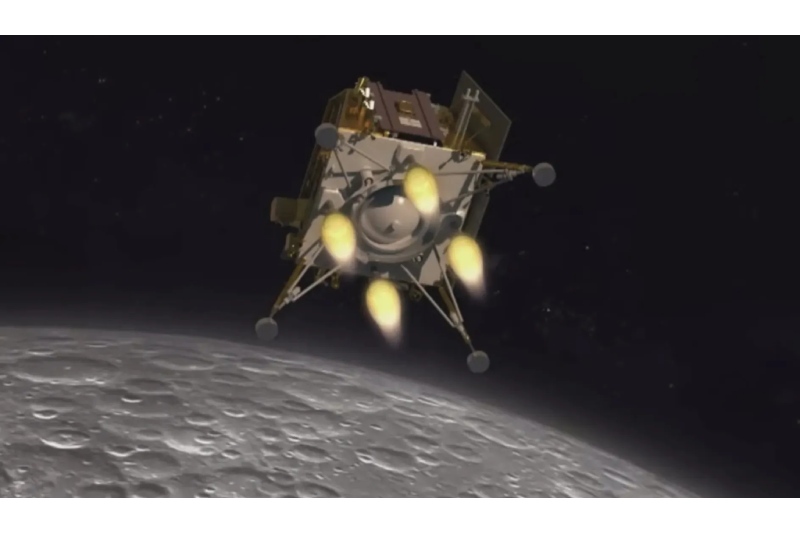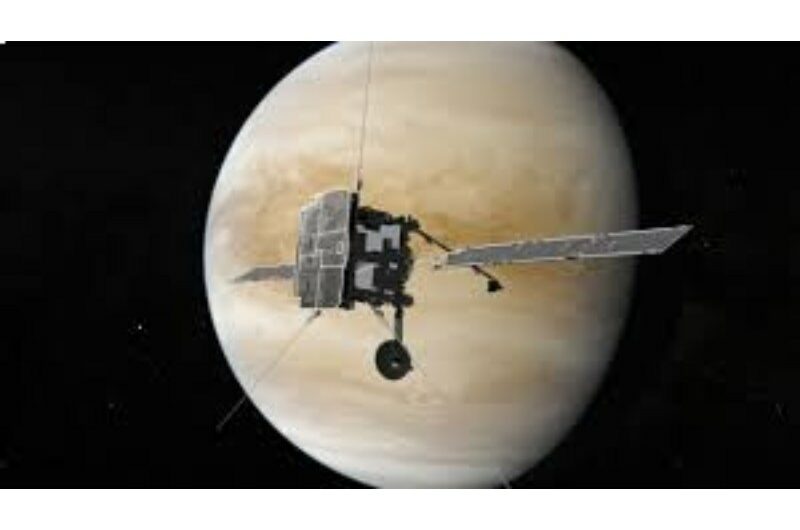Following a startling awakening last month, Japan’s space agency announced on Tuesday that it will attempt to resurrect its moon lander after a second chilly, two-week lunar night.
In January, the unmanned Smart Lander for Investigating Moon (SLIM) landed at an odd angle, causing its solar panels to face the wrong direction.
It reactivated for two days as the sun’s angle changed, allowing scientists to use a high-spec camera to take scientific studies of a crater.
However, the probe was shut down in early February because it was not built for the bitterly cold two-week lunar nights, during which the temperature drops to minus 133 degrees.
Before another planned surgical attempt in early March, it was placed back to sleep after being awakened for many weeks.
In an announcement on Tuesday, the Japan Aerospace Exploration Agency (JAXA) expressed its hope that “enough sunlight on the solar cells will start up SLIM around this evening.”
It stated in a statement on X that “the project team will begin operations today to restart SLIM after the second lunar night.”
JAXA said that because SLIM has been subjected to extremely high temperatures, it is unclear if it will react on Tuesday night.
The first private spaceship to land on the moon, the unmanned American lander Odysseus, failed to awaken, according to a statement from its builder on Saturday, even though its solar panels were predicted to get sufficient sunshine to activate its radio.
On January 20, SLIM, also known as the “Moon Sniper” due to its precise landing technology, landed inside its designated landing zone.
Japan became the fifth country to accomplish a “soft landing” on the moon, following the US, the USSR, China, and India. The achievement was a victory for the country’s space program following a run of previous setbacks.
The mission’s goal is to investigate an allegedly accessible portion of the moon’s mantle, or the typically deep inner layer under its crust.
Later this decade, NASA intends to send astronauts back to the moon.
In the future, the US and its allies hope to build permanent settlements in the area and extract polar ice for both drinking water and rocket fuel for future trips to Mars.
Topics #JAXA #Moon lander










